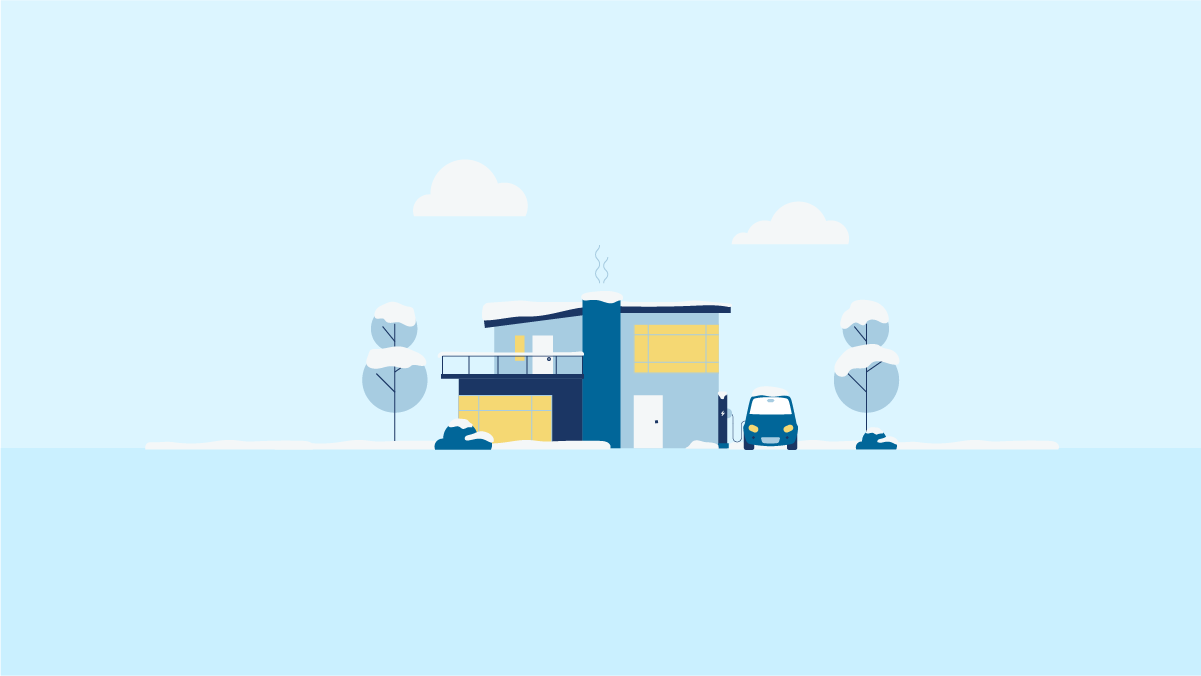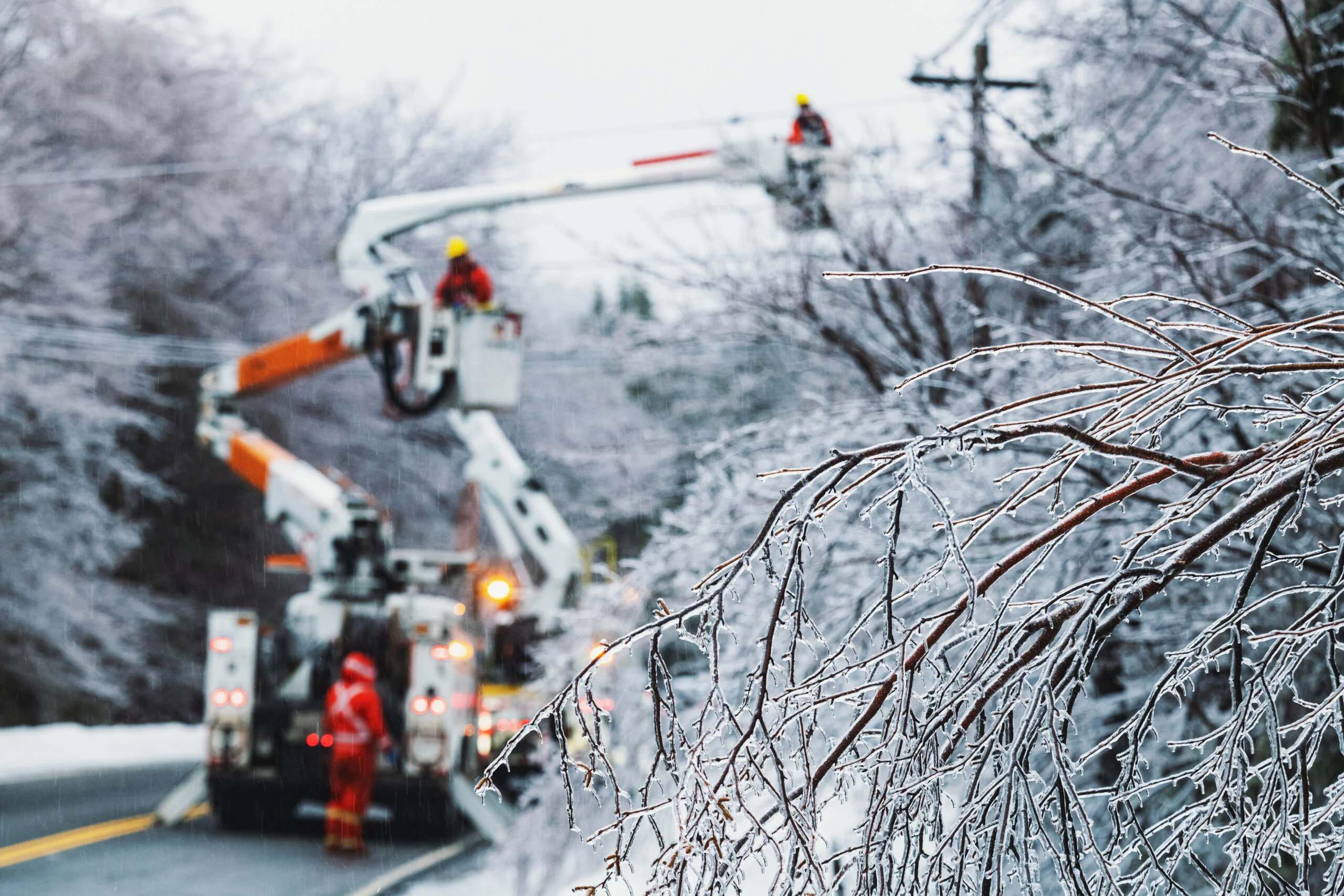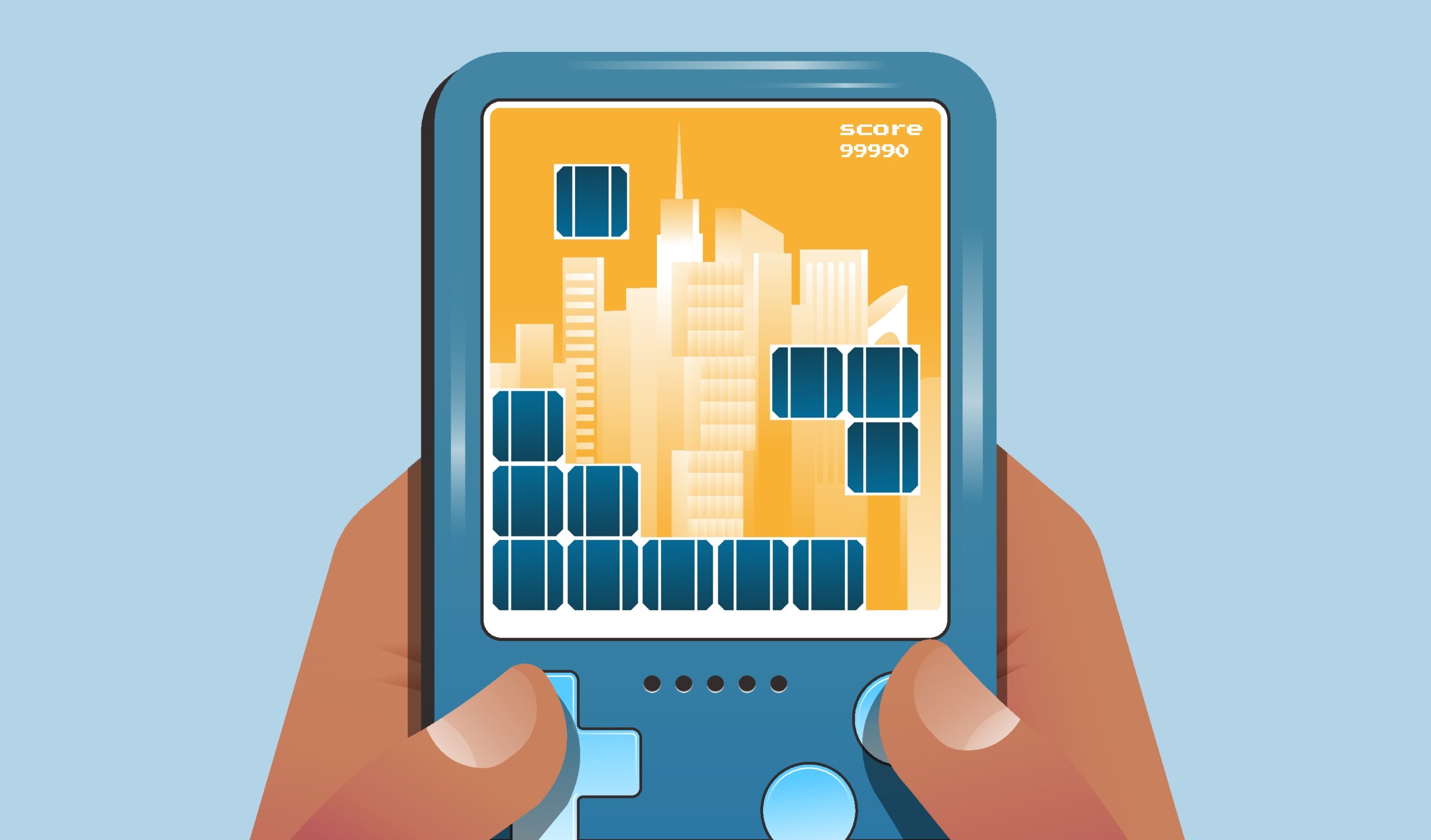Winter is here, and with the drop in temperatures and bustling holiday activity comes an increased demand for energy. Between holiday vacation schedules, family gatherings, energy-draining decorations, and increased travel patterns, consumers’ energy needs can vary widely throughout the day. This makes peak load times more difficult to predict, and consequently can cause utilities to lose opportunities for scheduling demand response (DR) events.
Historically, demand response programs operate during peak months of consumption during summer months to compensate for increases caused by cooling loads. Whether it’s advancements in HVAC technology or driven by climate change, demand flexibility conservation efforts will become increasingly pertinent during future winter seasons. As weather patterns become progressively more difficult to predict, the potential for deadly winter outages will grow. Without working now to maximize demand response management, utility companies will face the challenges that Texas experienced in the winter of 2021. Read below for some winter peaking strategies that will help you plan your demand response programs.
For Demand Response Programs Scalability Is Critical
The most successful DR programs plan beyond present-day needs and allow room for expansion into future needs. Having a scalable demand flexibility program means having the flexibility, participation, and nimble response time necessary to grow as more customers enroll. There are a few simple ways to future-proof your demand response program needs to allow them to scale to meet your utility’s evolving goals.
– Stacia Secreriat, Digital Marketing Manager, Virtual Peaker
First, it’s important to think beyond just one type of OEM device. Even if you currently only have customers using one type of device (water heaters, smart thermostats, EV charging, etc), design your programs with flexibility in mind. Limiting yourself to just one type of device also limits your potential program enrollment and ultimate energy distribution. Your demand response program should include multiple points of integration for customers to participate.
Second, build in robust event-calling options, not just at the highest peak load times. Since winter peak load shapes fluctuate, making your program scalable means you’ll have energy-saving opportunities ready for any level of energy demand. Segmenting your customers into various device types and locations allows you to maximize the types of events you can create. Varying the type of events and the length of time also helps train your customers to participate in programs and builds trust for peak load times when you require the highest participation to meet your goals.
Lastly, successful demand response programs only scale if your customers participate. Guarantee higher participation levels by creating multi-tiered, flexible options for your customers to have multiple chances to participate. The key to high customer engagement lies in the next winter peaking tip below.
The Importance of Customer Engagement
Customer participation in demand flexibility programs directly correlates to your DR program’s success. Generating participation requires reliable customer communication and building trust. While those foundations can be built year-round, winter peaking demand response provides opportunities to engage with customers, at a time of year when more attention is paid to cost-cutting efficiency measures. This is a fertile window of opportunity to establish and expand your customer base.
Messaging
Ensure your customer communication is reliable and prepared for multiple scenarios. Create robust messaging for any type of event, so you’re prepared to send timely messages when your customers need them. For example, have prepared SMS messages ready to send before any demand event. Utilize technology that allows you to use templated messages for easy on-demand content.
Think beyond just event-calling messaging and make sure you’re communicating with your customer base to discover their usage behavior and potential needs. Communicate and educate about your demand response program through all of your marketing channels, website, and other means of communication. Ensure your messaging is unified, and speak to customers at any point they may interact with your company, not only once they’ve enrolled in your specific demand response programs.
Developing Rapport
Once you’ve unified your messaging and are reaching customers at all points of engagement, build trust with them. Establish rapport and a sense of customer control by sending clear instructions and offers that educate about both the benefits and technical details of your programs. For example, in each event opportunity message, clearly articulate the program’s value, and offer a visible way for customers to opt-out of any event.
Behavioral Demand Response & DER Education
Finally, grow customer engagement by drawing a clear correlation between winter peak energy demand, customer behaviors, and the benefits of distributed energy resources. Offering incentives is particularly successful because the average consumer is looking for savings during an ordinarily expensive time of year. Not only do energy bills rise when temperatures drop, but households are also spending more on holiday events, gifts, and celebrations. Present your demand response program as an opportunity for increased winter savings, explain how the number of events customers choose to participate in has a direct impact on their bill.
The inter holiday season is often considered a time of giving. This creates a great opportunity for appeal to altruism and energy conservation. Communicate that in addition to cost savings, those who want to be environmentally conscious and embrace the holiday spirit can do so through demand response participation.
Remain Flexible in Response to Real-Time Peak Events
Your messaging success and customer participation are contingent upon how reliably your demand response program performs. Matching the right weather and usage opportunities with the corresponding event solution is key to avoiding disastrous mismatches in energy supply and demand. Ensure you can trust your demand response solutions to respond to real-time data and changing information.
This begins by engineering your demand response programs based on behavioral usage and current data. Real-time event calling capabilities help ensure you’re making the most of each hour of peak load time. It also allows flexibility to scale your program up or down dependent on detailed and accurate hour-by-hour analysis.
Conclusion: Winter Peaking Demand Response
A successful winter demand response program begins with foresight and planning. Don’t rely solely on real-time events or last-minute opportunities to guide your demand response strategy. Having reliable and accurate forecasting lets you build the most efficient peak calling events based on a variety of potential scenarios. By integrating forecasting into your demand response program, it takes prepares you for whatever uncertainties might await.





